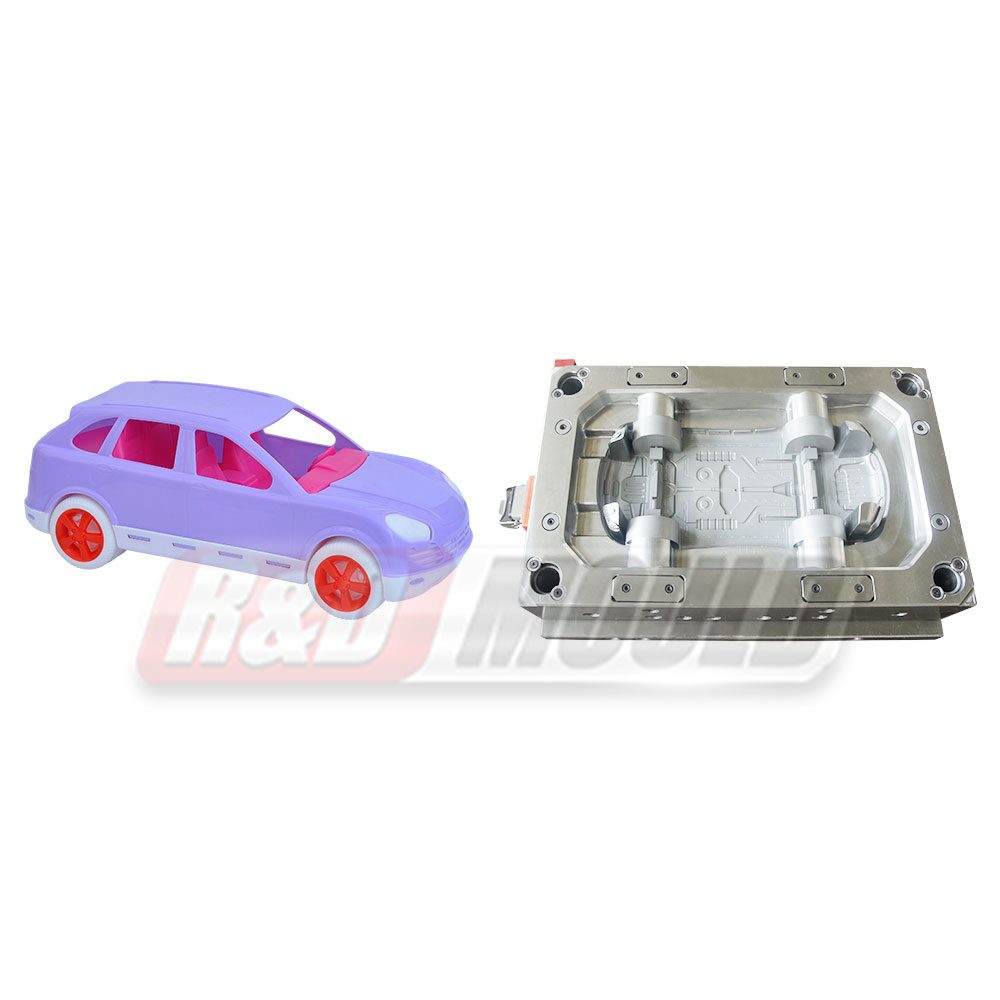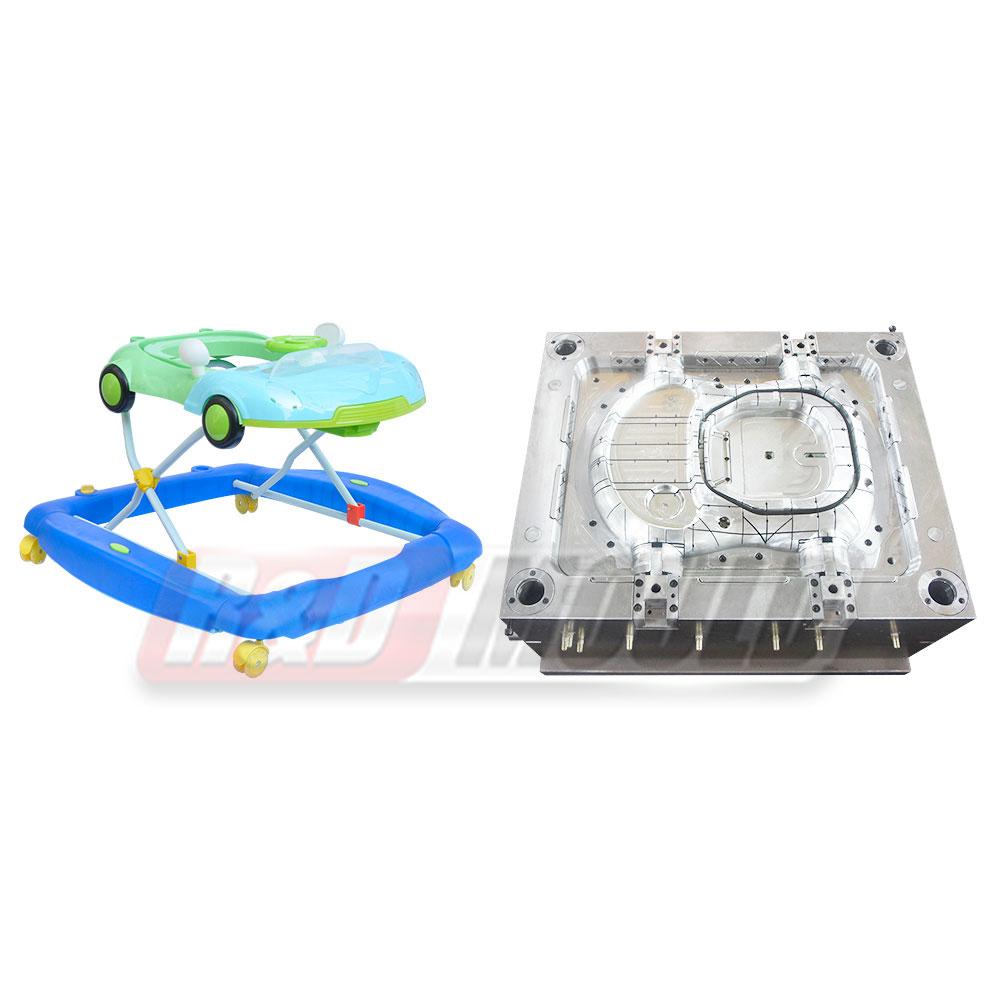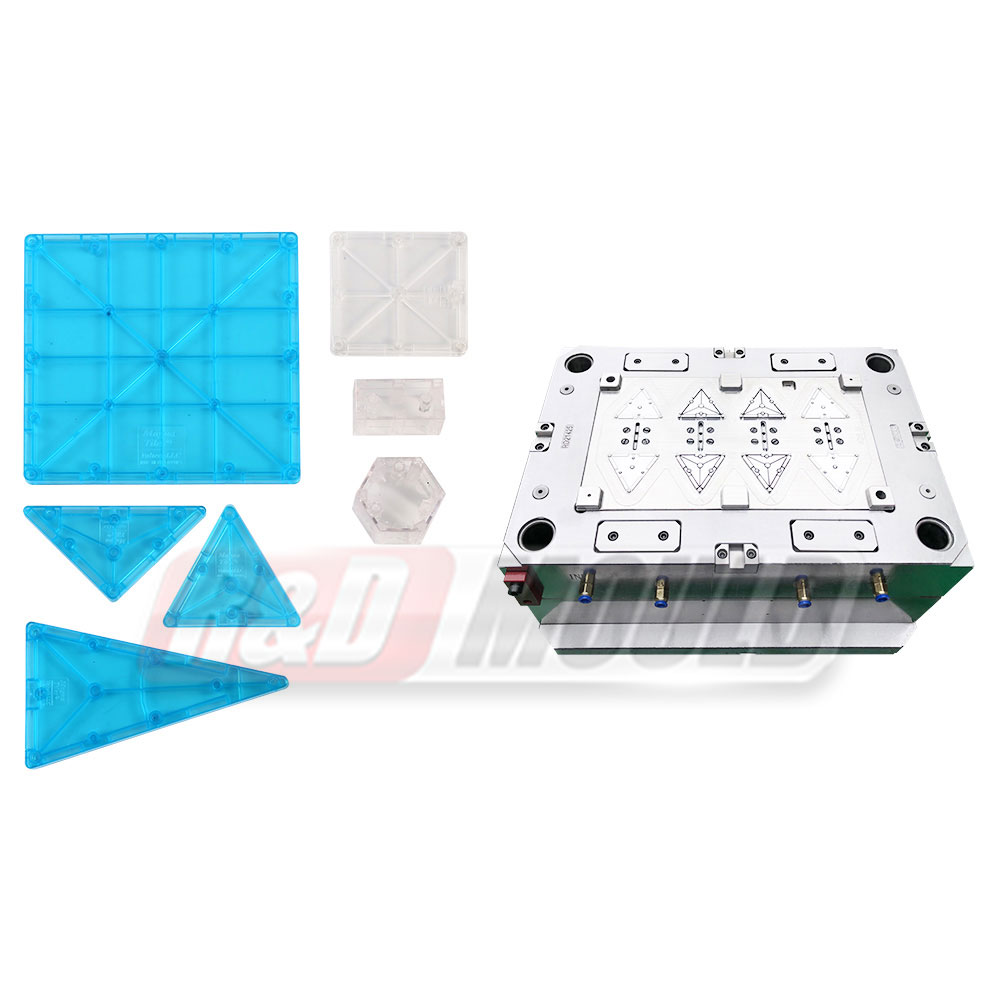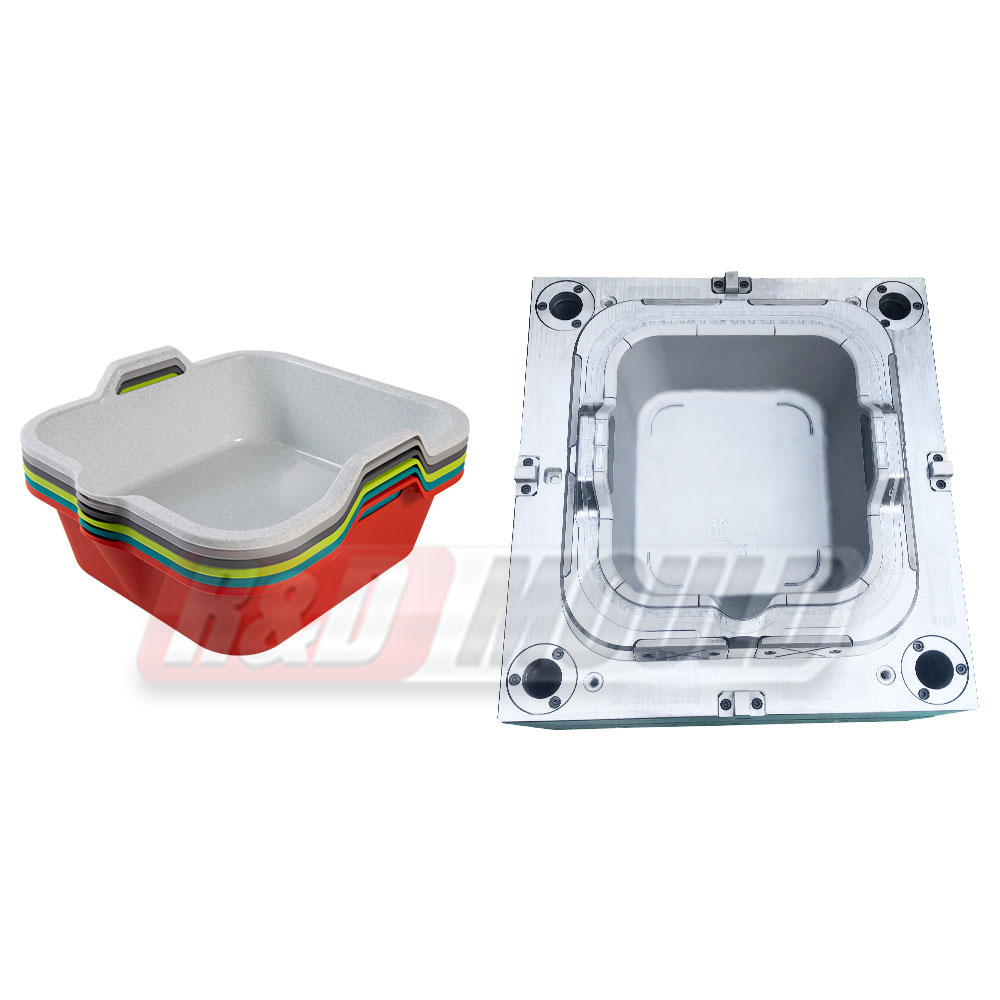Injection moulding is a common technique for plastic food container moulding. It allows for a variety of colours, finishes and branding. The process also offers competitively priced manufacturing. However, there are design limitations that you should keep in mind.
You should consider the thickness of the container mould. This is dependent on the size of the boxes you want to produce. Ideally, you should choose a minimum of 7-18 mm diameter. That means a mould that can make a box the size of an A4 sheet of paper.
Injection moulds can be used to make plastic containers for takeaway foods, deli products, and even supermarket items. They can also be used for snacks, drinks, and dry goods. Some of the most common materials for food containers include polyethylene, styrene, and polypropylene. These plastics have a good resistance to chemicals and are durable.
Food containers are an essential part of the food service industry. Consumers expect hygienic, clean, and attractive tableware. As a result, the food service industry has a growing need for plastic containers. Fortunately, manufacturers are making a range of plastic moulds to suit all of your needs.
Injection moulding is an effective and convenient way to produce plastic containers. Once a machine is set up, the process speeds up. While this type of moulding does require a certain amount of initial tooling costs, the cost is significantly reduced when you use plastics for a long period of time.
When you're using a plastic food container mould, be sure to take care of the finished product. Mold spores can grow on food within the container. Therefore, it's important to wipe off the mould if it's present. To remove mold from the container, use a paper towel or a clean rag. Wear rubber gloves and masks.
Plastic containers can be hermetically sealed to prevent mold growth, which is ideal for edible products. Using these types of containers can also help keep them fresher longer. Whether you're looking for promotional materials or sample food lines, these containers can make an excellent choice.
Thin wall injection moulding is a popular method for producing food containers. Although this technique is commonly used for stationery items, it's also extremely useful for multimedia packaging and disposable lunch boxes. The thin walls and large temperature difference range can provide many benefits, including a hygienic container and no oil leaks.
One of the most common shapes for a plastic food container mould is a cube. Other popular designs include a triangle, an oblong, and a circle. Regardless of the shape, there are several things you should keep in mind when selecting the most appropriate mold.
One of the most obvious factors to consider when choosing the right plastic food container mould is the thickness. If your container is too thick, the process will be less efficient. However, thin plastic is a versatile material that's lightweight, durable, and resistant to damage.
A thin-wall plastic food container mould can be created with a standard plastic food container mould or by using a plastic food container moulding press. Both of these techniques can produce a high-quality product.
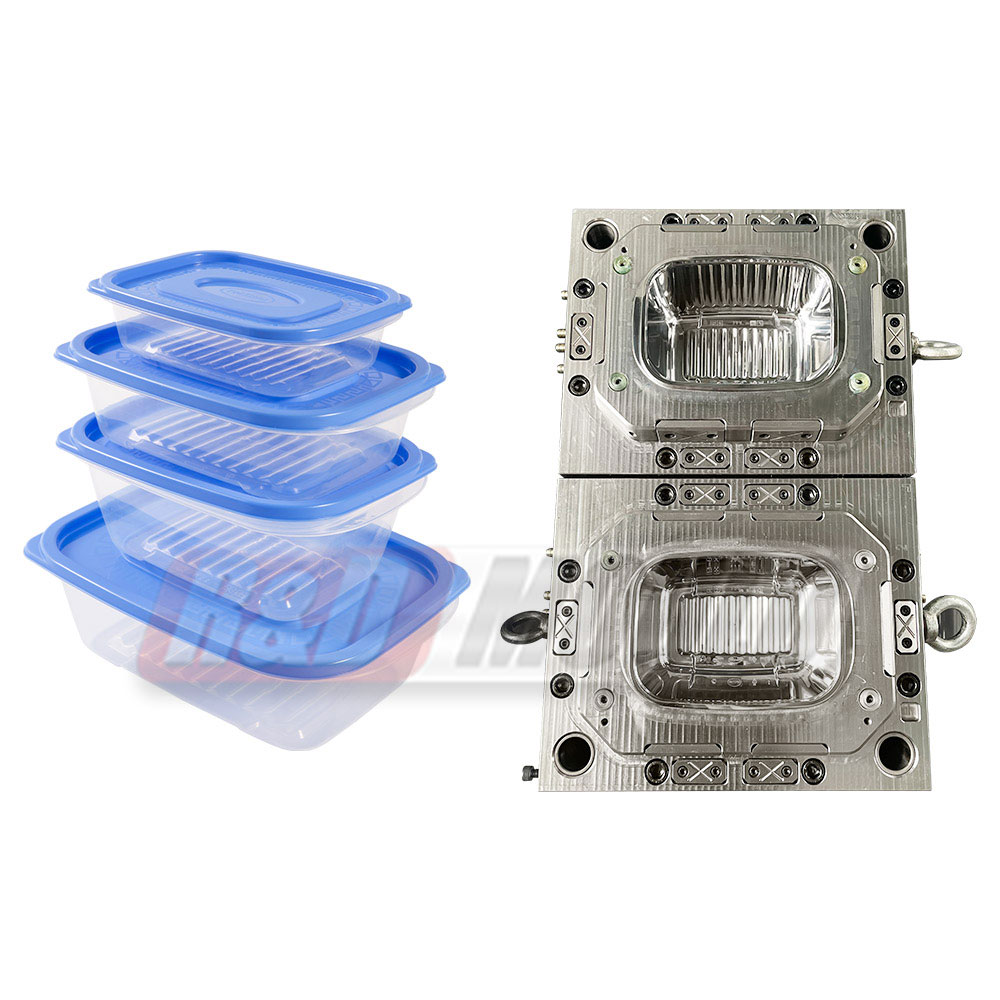






 English
English عربى
عربى Español
Español Français
Français